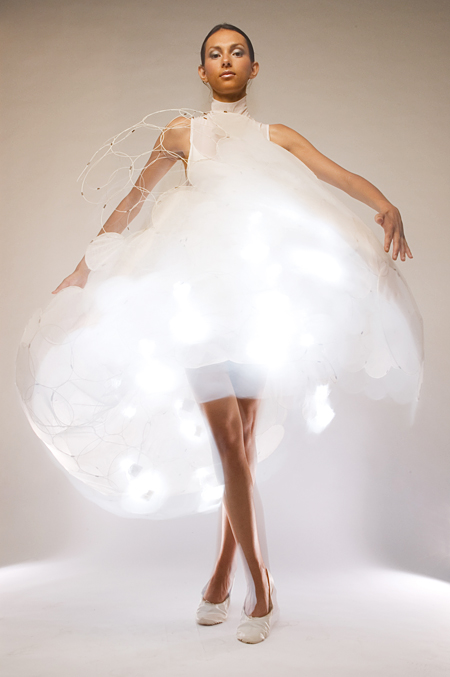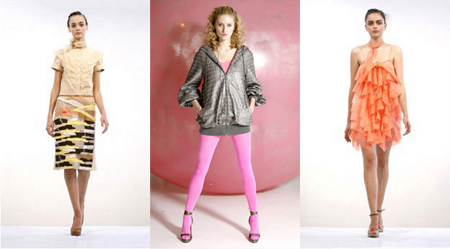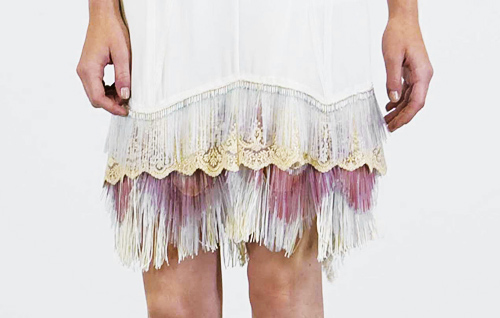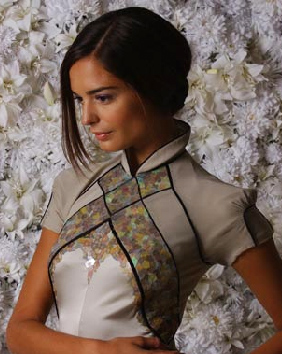 Matt Gilbert, a grad student at Georgia Tech, created a program that automatically generates crochet patterns. Gilbert says that "this experimental work was inspired by the intimate historical ties between textiles and computation, as well as the propagation patterns of acoustics.
Matt Gilbert, a grad student at Georgia Tech, created a program that automatically generates crochet patterns. Gilbert says that "this experimental work was inspired by the intimate historical ties between textiles and computation, as well as the propagation patterns of acoustics.
On one level, this project is an experiment in appropriating technology for mass production for the purposes of small-scale production, while maintaining a connection between the producer and the produced good. This is what [Gilbert] calls "augmented craft", as distinct from automated production. The computer plays a role, but it does not displace the person." source
Similarly Mashallah Design and Linda Kostowski created incredibly beautiful polygon textile patterns that are generated programmatically using computer 3D modeling. See Digitally printed fashion that I posted last month.








